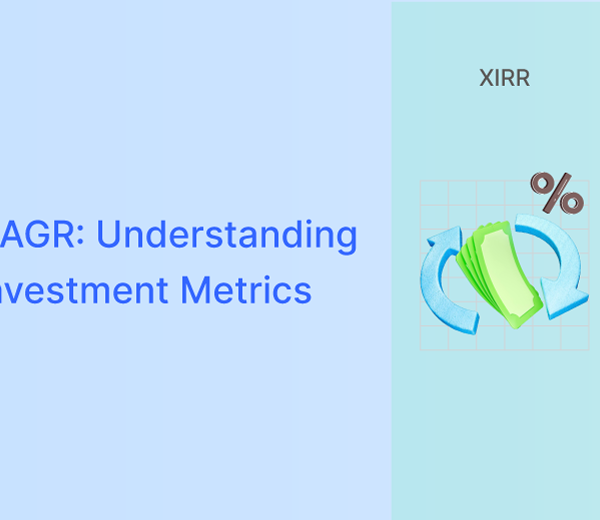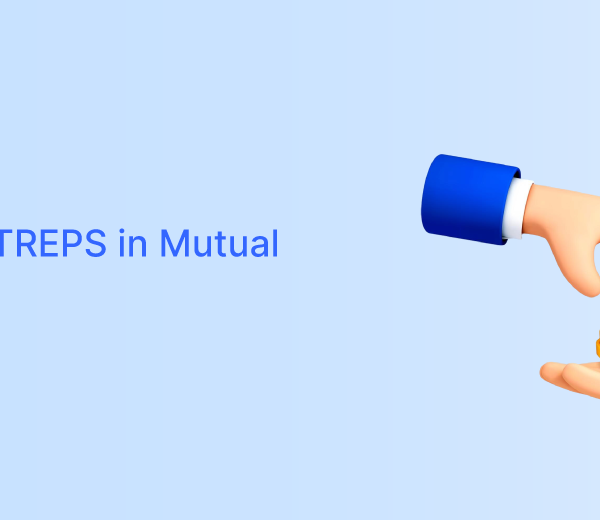The death of a loved one is a challenging time, and managing their financial assets, including mutual funds, can add to the stress. However, understanding the process of claiming mutual fund investments after the death of the investor can make this task more manageable.
In this blog, we are explaining the step-by-step procedure to claim mutual fund investments after the death of the investor.
Understanding The Key Terms In Mutual Fund Investments
Before diving into the claims process, it’s essential to understand the roles involved in mutual fund investments:
- Unit Holder – The individual who invested in the mutual fund.
- Nominee – The person designated by the investor to inherit the mutual fund units after their demise.
- Joint Holders – In cases where the investment is held jointly, the surviving holder(s) usually inherit the investment automatically.
- Legal Heir – If there is no nominee or joint holder, the legal heir(s) of the deceased investor may stake a claim based on a will or succession laws.
1. Claim scenario in case of surviving unit holders
If the 1st holder passes away, the units will be transferred to the surviving unit holder(s).
Documents required for this process:
- Transmission Request Form (Form T2) for transmission of units to the surviving unitholder(s).
- Death certificate of the deceased unitholder(s).
- Self-attested copy of PAN Card of the surviving joint holder(s).
- Cancelled cheque of the new first unitholder, with the claimant’s name pre-printed OR recent bank statement/passbook of the new first holder.
- KYC form of the surviving unit holder(s), if not KYC compliant.
The transmission of the units will be completed only once the status of the KYC is “KYC complied”.
2. Claim scenario in case of registered nominees
If there is a nominee, the process is simplified significantly. The nominee must provide specific documents to claim the mutual fund units.
Documents required for this process:
- Transmission Request Form (Form T3) for transmission of units in favour of the nominee(s).
- Death certificate of the deceased unitholder(s).
- Original copy of birth certificate, in case the nominee is a minor.
- Self-attested copy of the PAN Card of the nominee/guardian.
- KYC form of the nominee/guardian (where the nominee is a minor).
- Cancelled cheque with the nominee’s name pre-printed or a copy of the nominee’s recent bank statement/passbook.
- ID proof of the deceased person attested by the claimant(s).
3. Claim scenario in case of no registered nominees
When there is no nominee or joint holder, the claim process can become complex. The legal heir(s) must stake a claim based on the will of the deceased or succession laws.
Documents required for this process:
- Transmission Request Form (Form T3) for transmission of units to the claimant(s).
- Death certificate of the deceased unit holder(s).
- Original copy of the birth certificate in case the claimant is a minor.
- Self-attested copy of the PAN Card of the claimant/guardian (in case the claimant is a minor).
- KYC form of the claimant/guardian (in case the claimant is a minor). Transmission will be completed only after the KYC status is updated as “KYC complied”.
- Cancelled cheque with the claimant’s name pre-printed OR a copy of the claimant’s recent bank statement/passbook.
- ID proof of the deceased person attested by the claimant(s).
Tips To Simplify The Claims Process
Nominate beneficiaries early – Encourage investors to assign nominees during the investment process. Nomination simplifies the claim process and reduces disputes.
Keep documents ready – Ensure important documents, such as the death certificate and investment proofs, are easily accessible.
Inform relevant parties – Notify the fund house and RTAs about the investor’s demise at the earliest to begin the transmission process.
Follow up regularly – Claims processing can take time, especially for cases involving legal heir certificates or succession laws. Regular follow-ups with the fund house or RTA can help expedite the process.
Preventive Measures For Investors
Investors can take proactive steps to ensure their heirs can claim mutual fund investments seamlessly:
- Review and update nominee details periodically, especially after major life events like marriage, divorce, or the birth of children.
- Create a document listing all investments, nominee details, and important contacts for financial institutions.
- Inform trusted family members about the existence of mutual fund investments and the process to claim them.
- Consult an estate to create a comprehensive will or trust that includes mutual fund investments.
Claiming Mutual Fund Investments After Death Of Investor – The Conclusion
Claiming mutual fund investments after the death of an investor can be a straightforward process if the necessary preparations and documents are in place. Whether you are a nominee, joint holder, or legal heir, understanding the claims process and requirements is essential to avoid unnecessary delays or disputes.
When you take proactive steps, like appointing a nominee and maintaining proper documentation, you can make sure your loved ones face minimal challenges in managing their financial legacy.
Frequently Asked Questions (FAQs)
What is a nominee, and why is it important?
A nominee is a person designated by the investor to inherit their mutual fund investments after their demise.
Can mutual fund investments be claimed without a death certificate?
No. A death certificate issued by a local municipal authority is compulsory to initiate the claims process.
Can a claim be rejected?
Yes. Claims can be rejected due to incomplete or incorrect documentation, lack of proper legal proof, or disputes among claimants.









Leave a Comment